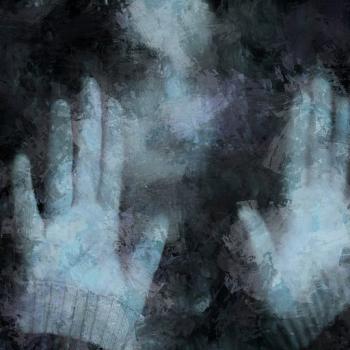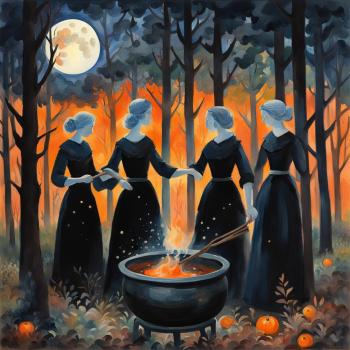If you enter into a discussion in any fairy group on social media you will very quickly find a variety of ideas being expressed. Usually these ideas are put forward not as opinions but as unassailable facts supported by the person’s own experiences or study. Many of these ideas, however, are antithetical and contradictory and some of them have very, very problematic sources which have been injected into popular belief from outside sources over the years.
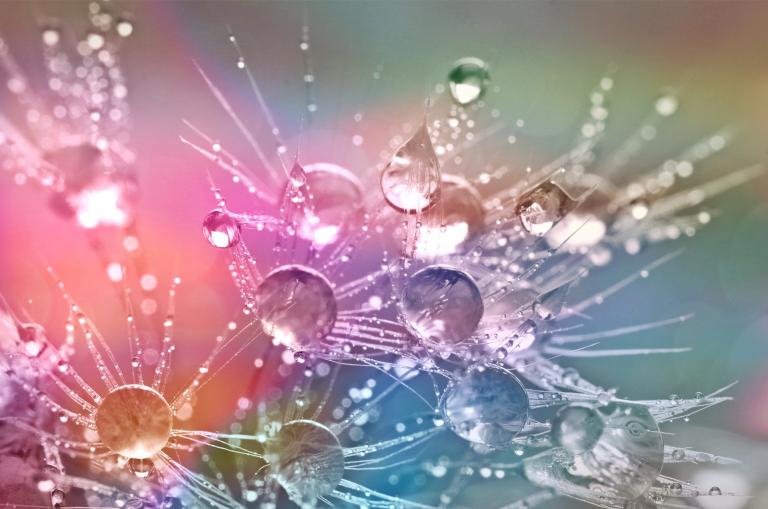
There will always be a tension between spiritual belief and fact because the two do not always go hand in hand. Of course people will have a diverse array of sources for what they believe and why they believe that, and in our modern multi-cultural, multi-media world those sources are particularly diverse. But I have found that many people take a belief they run across, especially if it seems appealing to them, immediately as true and incorporate it into their belief system without digging into the core of the beliefs. It is important, though, to dig into that core because some of the beliefs floating around out there are a lot more problematic than they seem and may have sources that are far from actual folk belief and reflect ideas the person may be diametrically opposed to. I want to offer a few examples here for people to consider.
Fairies as Folk-Memory
You will see some people suggesting that fairies’ origins lie in the pre-Celtic or pre-Iron Age populations of Ireland and the UK; effectively, that when the new populations came in the older population fled into the wilder areas and became part of the new groups’ folklore. This is an idea that was popular among scholars during the Victorian period but has fallen entirely out of vogue over the last hundred years, because there is absolutely no evidence to support it. Current theories and genetic studies support the idea that there was no massive population shift, rather there was an influx of new cultural influences which would make the idea of an older population being driven out by invaders impossible.
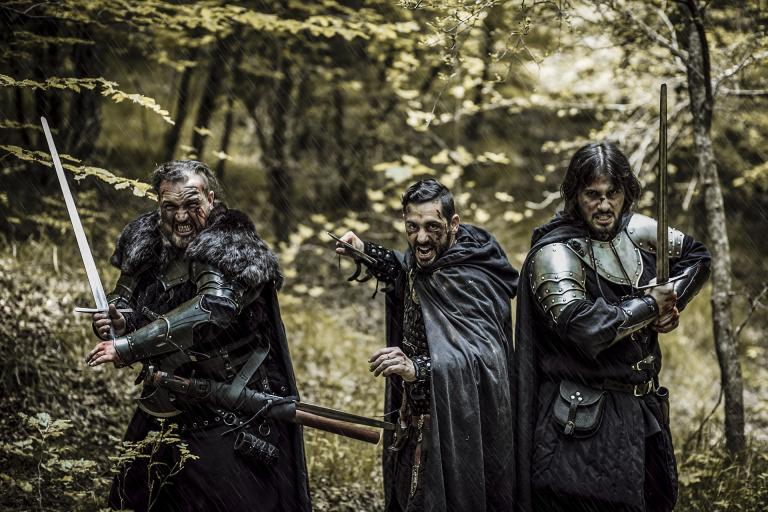
The theory is rooted in the racism that was common during that era, shown in the descriptions of these folk-memory peoples as either pygmies or small, dark, primitive people. In both cases the original materials that discuss this theory imply they were an earlier form of humans or a more primitive human race that fled at the contact with the new iron technology of the invaders. The utter lack of evidence to support any such thing happening is why the theory has been discarded, but unfortunately the popularity of public domain material has meant a revival of the idea among modern pagans, most of whom are not aware the racism layered into the concept.
Changelings
Changeling folklore is extremely complex and layered. The Cliffs Notes version would be the idea that a human of any age is taken by the fairies to become one of their own and in place of the stolen human either a fairy or magically disguised object is left behind. Many popular changeling stories focus on infants or children being taken, and we can find a plethora of protective practices and objects used to prevent this, but there are also many changeling stories that feature an adult being taken, particularly women. There were various ways to diagnose a changeling and to force the fairies to return the real human; many of the methods of return were cruel or brutal and over the years resulted in multiple deaths. The case of Bridget Cleary is perhaps the most famous.
It has become popular for some people to use the term changeling as a term of endearment for their children and for some people in the autistic community* to embrace the term as a self-identifier. The idea of doing so is apparently rooted in some late 20th century scholarship that sought to explain changelings as a misunderstanding by people of babies or children with autism. This idea, however, has an older history, coming from the Victorian attempt to explain changelings as a natural, not supernatural, phenomena.
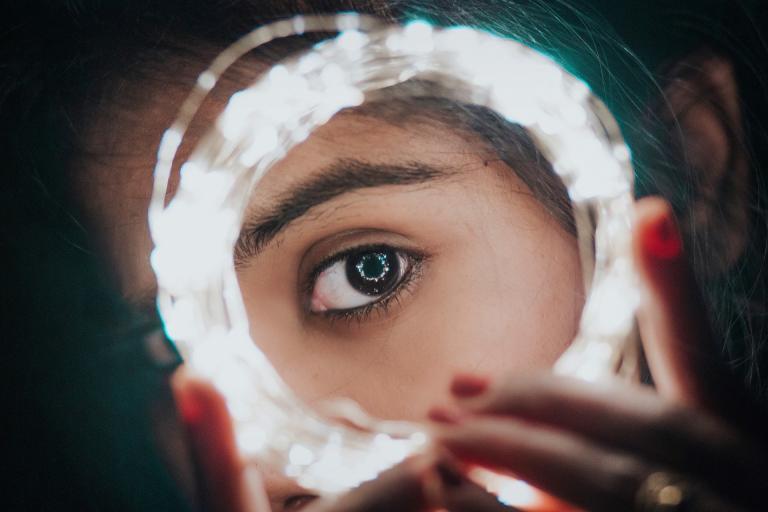
Whereas modern theories focus on autism, the older versions focused on Down Syndrome and mental retardation, forwarding the racist, xenophobic, and ableist argument that changelings were examples of throwbacks to more primitive human races. The modern theories cannot, in my opinion, be separated from their historic sources as both original and modern seek to use a medical condition to offer an easy explanation for a complex and varied set of folk beliefs, and lean into the idea that a supernatural explanation for one medical condition could explain these beliefs.
Blaming autism now is not any more accurate than blaming Down Syndrome then, and both ignore the actual range of folk beliefs and variety of possible explanations outside the supernatural. In my opinion, embracing the idea from a spiritual perspective and romanticizing the idea by blending the belief in fairies as real with the idea that there is a human-world explanation for changelings endangers other already vulnerable populations by suggesting that humans with these conditions are not actually human. Which is exactly what led to so many deaths connected to these beliefs.
Fae vs Fairy
There is a subset of people who strongly feel that fae and fairy have different meanings and represent different types of beings. The reality is that the words have the same general meaning; fae is the old French* predecessor of the English word fairy, and both mean an Otherworldly or enchanting being. Until very recently and still in academia and folk belief the two terms were used interchangeably as synonyms.
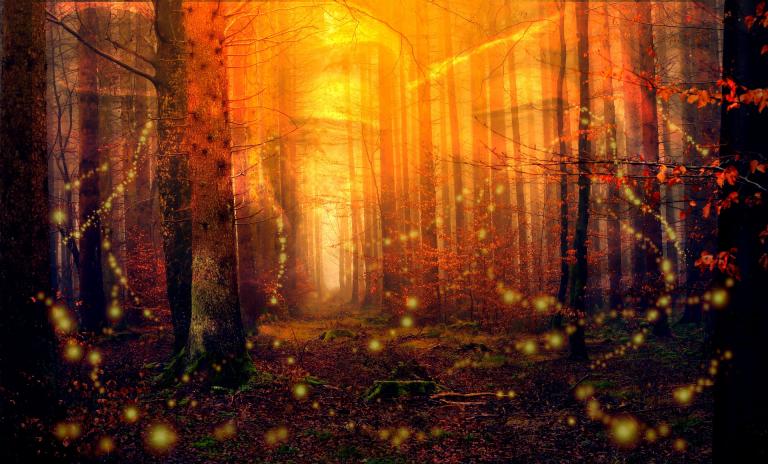
On the surface this belief may seem rather harmless and perhaps even an aspect of linguistic evolution – words do change meaning over time after all. Where the trouble comes in is that separating fae into the collective group and fairy into a specific being reinforces the post-modern rewriting of fairies from the dangerous and mercurial beings found in folklore into the twee beings of children’s cartoons, perpetuating the minimalizing, disempowering, and redefining of fairies that began with the Victorians. It is another example of a dominant culture coming in, taking a belief from a non-dominant group, redefining it, and perpetuating it as the only accurate version.
Folklore vs Fiction
Another issue that we often find is between folkloric fairies and the fairies of modern popular fiction. Many people who believe in fairies and even incorporate them into their spirituality draw not on folklore but on modern fiction as their sources. When I ask across social media for people’s preferred or recommended fairy resources people often respond with fiction; the main names that come up are Holly Black, Jim Butcher, and LK Hamilton.
On the surface this may not seem like a problem and people often defend this by arguing these authors research into the folklore or are very accurate. However, the reality is that fiction is not meant to be accurate folklore and each of these authors forwards ideas that are a problem in different ways. Holly Black’s Modern Faerie Tales series features a fairy changeling who grows up thinking she’s human and only finds her real identity in her teens; this of course reinforces the idea that changelings are fairy babies who grow up human, rather than the depictions found in folklore which feature adult fairies disguised as babies, sickly fairy babies, and inanimate objects glamoured to look like the baby. Jim Butcher’s Dresden Files take a lot of liberties with the concepts of the fairy courts, add a third group (the wyld fae) and place English fairy queens in charge of traditionally Scottish fairy courts. LK Hamilton similarly alters folklore for plot, for example changing the idea of elfstruck from the traditional invisible arrows that cause wasting illnesses to a magically induced infatuation with one of the Sidhe after a sexual encounter with them.
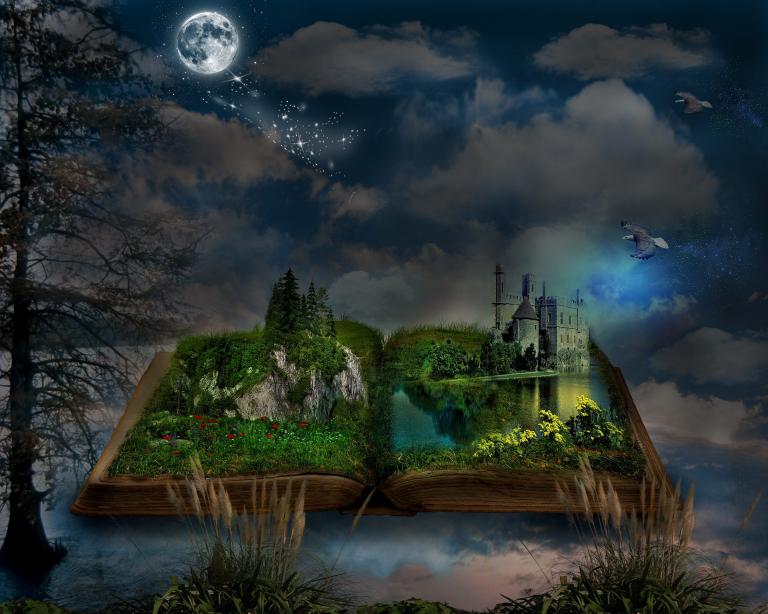
In all these cases we see the actual, older folklore is being rewritten or reimagined for a plot point, which makes sense in fiction but contributes to the erosion of older folk beliefs. There is also an unpleasant layer of colonialism here, where people outside the cultures these beliefs come from are taking them and using them in a way that doesn’t reflect the actual belief and results in those beliefs being radically changed by the dominant culture without concern for the culture being taken from.
Final Thoughts
Belief is and will always be a thing that resides more in the heart than the head. Because of this it can be difficult to unravel and release beliefs like those discussed above that people feel very strongly about, but which are built on problematic foundations. In fact it can seem harmless or even inconsequential to believe some of the things above, but the truth is that these examples are all things that are rooted in racism, ableism, xenophobia, and/or colonialism and we need to be aware of that and to try to work through and acknowledge when ideas we like reflect things we don’t want to support. You can’t say that you stand against racism, then forward beliefs rooted in that same concept. For our spirituality and spiritual beliefs to be healthy and holistic we must be willing to confront these things and untangle them from deeper beliefs and concepts.
*To be clear as I move forward with my discussion on this point, I am autistic and I am aware that people in the community embrace the term. This outlines why I do not do so. I am not telling anyone how to self identify, only discussing the actual history of the term and its application to people. If you personally choose to identify as a changeling that is your choice, however I am deeply uncomfortable with the label being applied externally to children.
*modern French for fairy is fée









